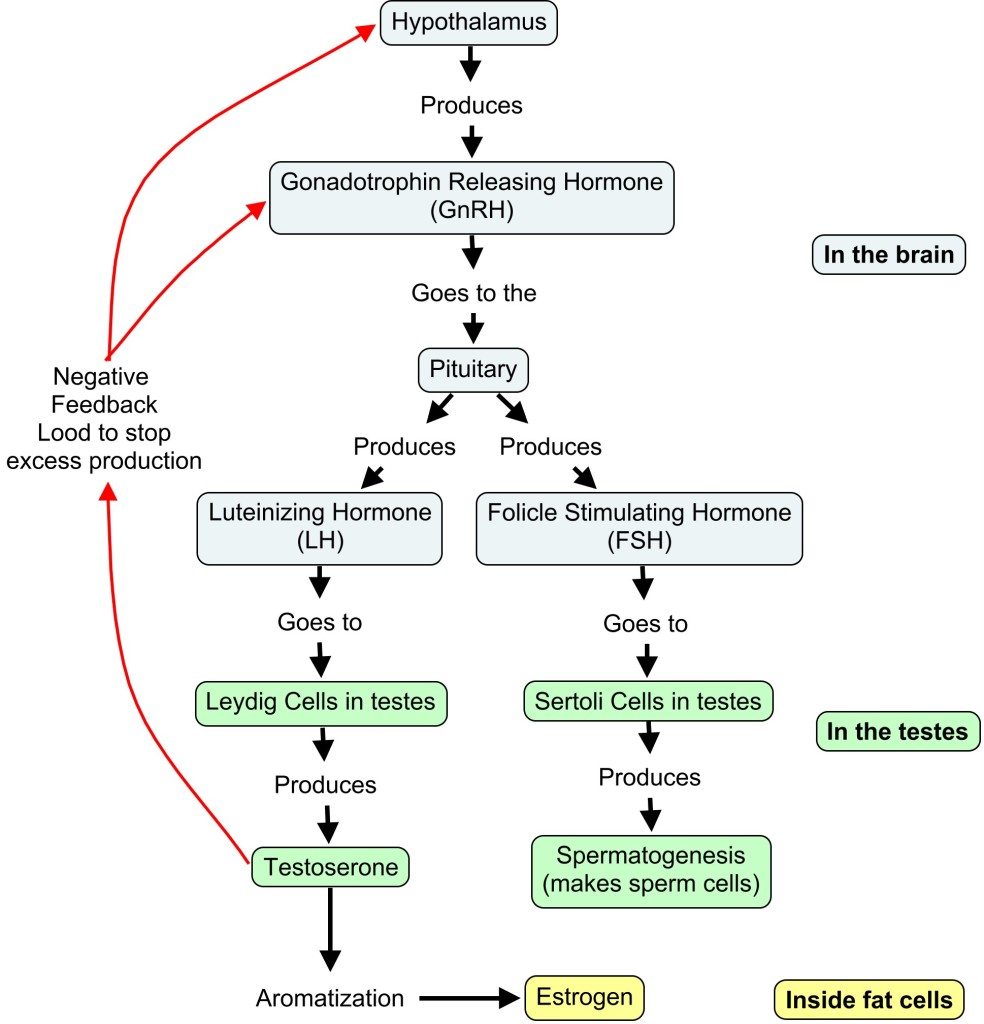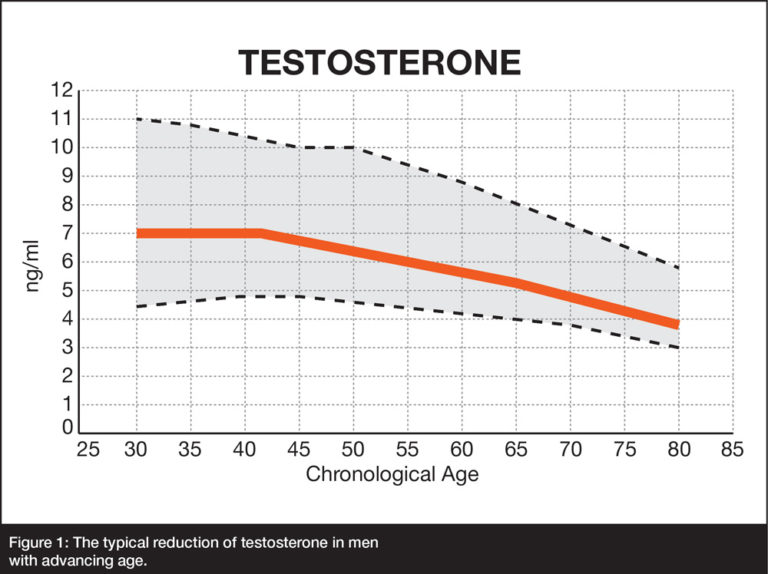

- Marked decrease of the male hormone testosterone for free#
- Marked decrease of the male hormone testosterone free#
In the healthy male volunteers, testosterone levels began to reduce from the baseline after 72 hours of ethanol ingestion and reached levels similar than those of alcoholic men after 30 days, while gonadotropins remained in the normal range. They showed that almost all alcoholic men had low-normal or low testosterone levels and increased gonadotropin levels. In their in vivo human study, they evaluated the hormonal status of chronic alcoholic men, comparing it with that of healthy volunteers to whom a quantity of ethanol corresponding to a pint of whiskey/day was given for 30 days. Van Thiel and colleagues performed both in vivo and in vitro studies assessing the alcohol effect on Leydig cells function. Since the 1980s, it is known that ethanol and acetaldehyde are important Leydig cells toxins.
Marked decrease of the male hormone testosterone free#
In this case, to calculate free testosterone starting from total testosterone, SHBG, and albumin values is preferable. However, most laboratories use immunoassays that are less accurate.
Marked decrease of the male hormone testosterone for free#
The gold standard for free testosterone measurement is the equilibrium dialysis method. In conditions when SHGB levels are reduced (e.g., obesity, type 2 diabetes mellitus, androgen use), total testosterone concentrations could be below normal values even if free testosterone levels are in the normal range. Indeed, only 2–4% of testosterone circulates in free form, while the remainder is bound to SHBG and, less tenaciously, to albumin. The measurement of free testosterone is not routinely recommended however, it can be useful in patients with altered sex hormone-binding globulin (SHBG) concentrations. To uniform reference values among laboratories and assays, the Endocrine Society recently proposed a harmonized reference range, according to which total testosterone values should be considered reduced if lower than 264 ng/dL or 9.2 nmol/L. Testosterone must be measured in morning samples after a fast of at least 8 hours. The diagnosis of hypogonadism can be formulated when at least two testosterone values below normal are found in patients with symptoms and signs of testosterone deficiency. This review summarizes the most important clinical and experimental evidence on the effect of substance abuse on testosterone and sperm production. The identification of the abuse is important because the withdrawal of substance intake can reverse the clinical syndrome. Substance and drug abuse is a potentially reversible cause of hypogonadism, defined as the failure of the testis to produce physiological concentrations of testosterone and/or a normal number of spermatozoa.

Other substances such as nicotine, cannabis, and amphetamines alter spermatogenesis inducing oxidative stress and subsequent apoptosis in testicular tissue. Alcohol, opioids and anabolic-androgenic steroids are capable to reduce testosterone production in male interfering with testicular and/or hypothalamic-pituitary function. Among unhealthy lifestyles, substance and drug abuse is a recognized cause of possible alterations of steroidogenesis and spermatogenesis. Environmental factors and unhealthy lifestyles have been implicated in the decline of testosterone levels and sperm production observed in the last fifty years. Progressive deterioration of male reproductive function is occurring in Western countries.


 0 kommentar(er)
0 kommentar(er)
